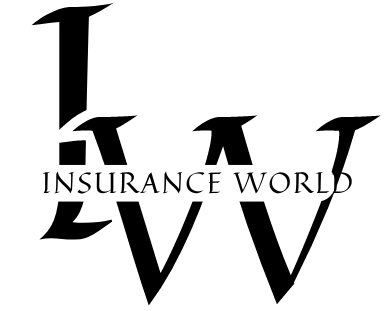Introduction:
Auto insurance is not just a legal requirement; it’s a vital safeguard for drivers against the uncertainties of the road. From fender benders to major collisions, accidents can happen when least expected, potentially causing significant financial strain. Auto insurance provides a safety net, offering coverage for vehicle damage, liability, and medical expenses arising from accidents. However, navigating the complexities of auto insurance can be daunting. In this comprehensive guide, we’ll explore everything you need to know about auto insurance, from understanding the basics to choosing the right coverage to suit your needs.
- Understanding Auto Insurance:
- Auto insurance is a contract between a policyholder and an insurance company, where the insurer agrees to provide financial protection against losses resulting from car accidents or other covered events in exchange for premium payments.
- It typically consists of several types of coverage, including liability coverage, collision coverage, comprehensive coverage, uninsured/underinsured motorist coverage, and personal injury protection (PIP) or medical payments coverage.
- Each type of coverage serves a specific purpose, such as covering damage to your vehicle, paying for medical expenses, or compensating others for injuries or property damage you cause while driving.
- Types of Auto Insurance Coverage: a. Liability Coverage:
- Liability coverage is the foundation of auto insurance and is required by law in most states.It provides financial protection if you’re found liable for injuring someone else or damaging their property in a car accident.Liability coverage typically includes two components: bodily injury liability, which covers medical expenses, lost wages, and other damages for injured parties, and property damage liability, which covers repairs or replacement costs for damaged property.
- Collision coverage pays for damage to your vehicle caused by a collision with another vehicle or object, regardless of fault.It helps cover the cost of repairing or replacing your car if it’s damaged in an accident.Collision coverage is optional but may be required if you have a car loan or lease.
- Comprehensive coverage protects your vehicle against damage from non-collision events, such as theft, vandalism, fire, natural disasters, or hitting an animal.It covers the cost of repairing or replacing your car if it’s damaged by a covered peril.Like collision coverage, comprehensive coverage is optional but may be required by lenders or leasing companies.
- Uninsured/underinsured motorist coverage provides protection if you’re involved in an accident caused by a driver who either doesn’t have insurance or doesn’t have enough coverage to fully compensate you for your losses.It helps cover medical expenses, lost wages, and other damages that you would typically recover from the at-fault driver’s insurance if they were adequately insured.
- PIP or medical payments coverage pays for medical expenses for you and your passengers if you’re injured in a car accident, regardless of fault.
- It may also cover lost wages and other related expenses.
- PIP is required in some states and optional in others, while medical payments coverage is optional but can provide valuable additional protection.
- Factors Affecting Auto Insurance Premiums:
- Several factors influence the cost of auto insurance premiums, including:
- Driver’s Age, Gender, and Marital Status
- Driving Record and Claims History
- Vehicle Make, Model, and Year
- Location and Use of the Vehicle
- Credit History
- Deductible Amount
- Understanding how these factors impact your premiums can help you find ways to lower your insurance costs, such as maintaining a clean driving record, choosing a vehicle with safety features, or qualifying for discounts.
- Several factors influence the cost of auto insurance premiums, including:
- Tips for Choosing the Right Auto Insurance Coverage:
- Assess Your Coverage Needs: Consider factors such as the value of your vehicle, your driving habits, and your financial situation when determining the types and amounts of coverage you need.
- Compare Quotes: Shop around and compare quotes from multiple insurance companies to find the best coverage at the most affordable price.
- Review Policy Details: Read the fine print of your insurance policy carefully to understand coverage limits, exclusions, deductibles, and other terms and conditions.
- Consider Additional Coverage Options: Depending on your needs, you may want to consider additional coverage options such as roadside assistance, rental car reimbursement, or gap insurance.
- Review Your Coverage Regularly: Periodically review your auto insurance coverage to ensure it remains adequate and up-to-date, especially after major life changes such as buying a new car, moving to a new location, or getting married.
Conclusion: Auto insurance is a critical component of responsible car ownership, providing essential financial protection against the uncertainties of the road. By understanding the different types of coverage available, the factors that influence premiums, and how to choose the right coverage for your needs, you can ensure that you’re adequately protected in case of an accident or other covered event. Take the time to evaluate your coverage needs, compare quotes, and review your policy regularly to ensure that you have the right auto insurance coverage to safeguard your financial well-being on the road ahead.

